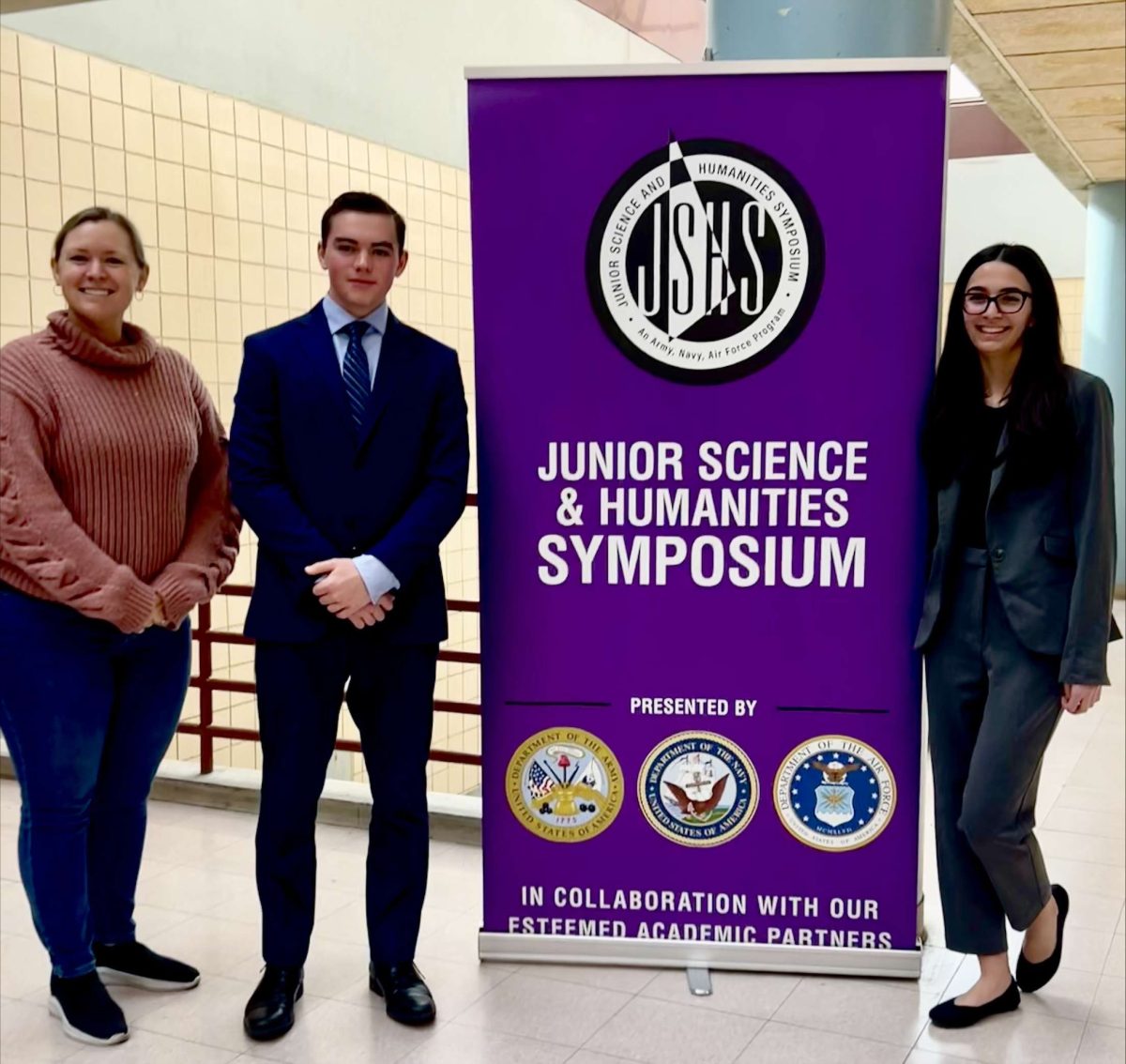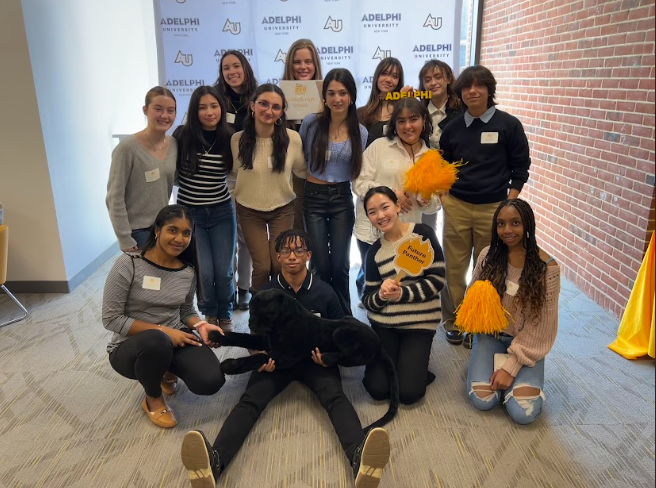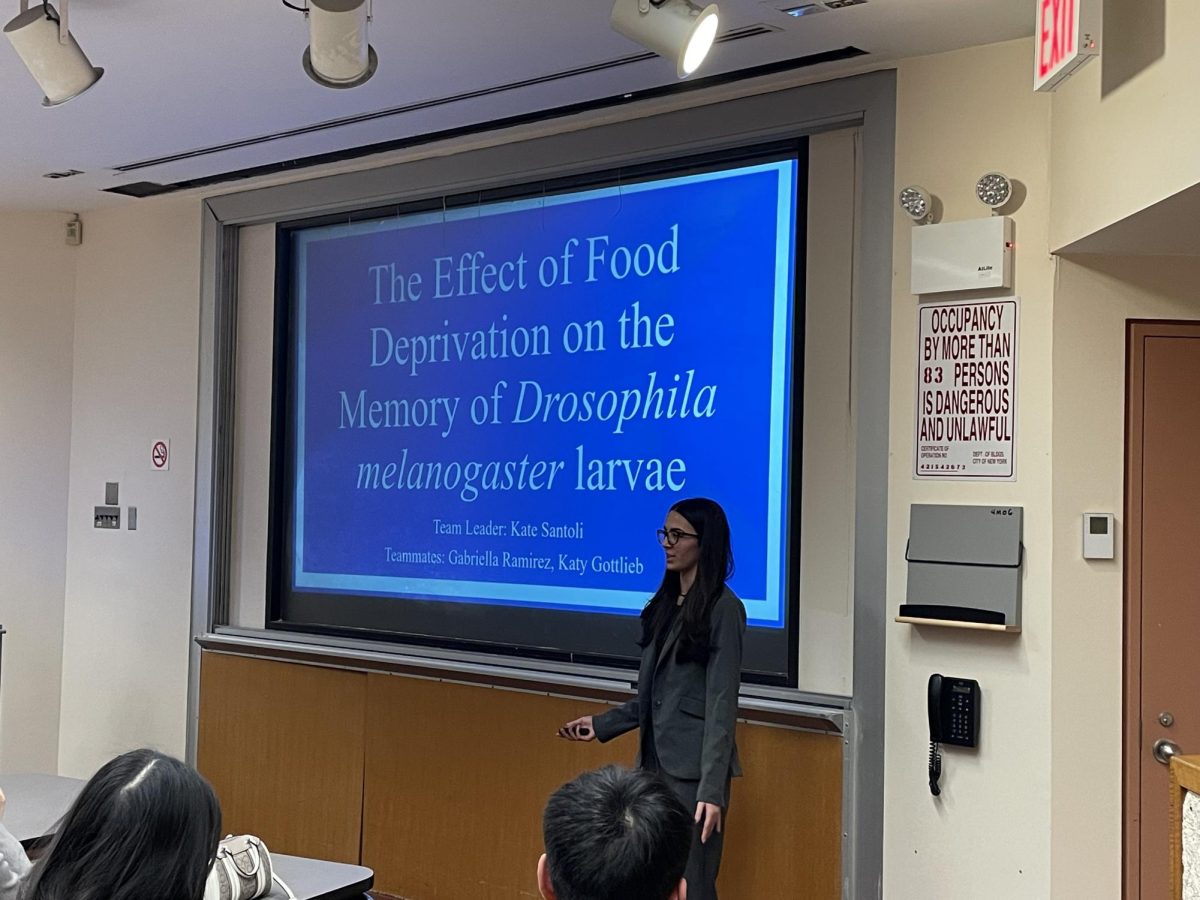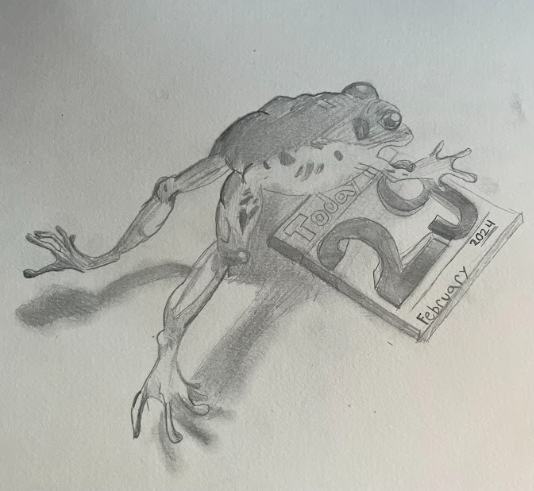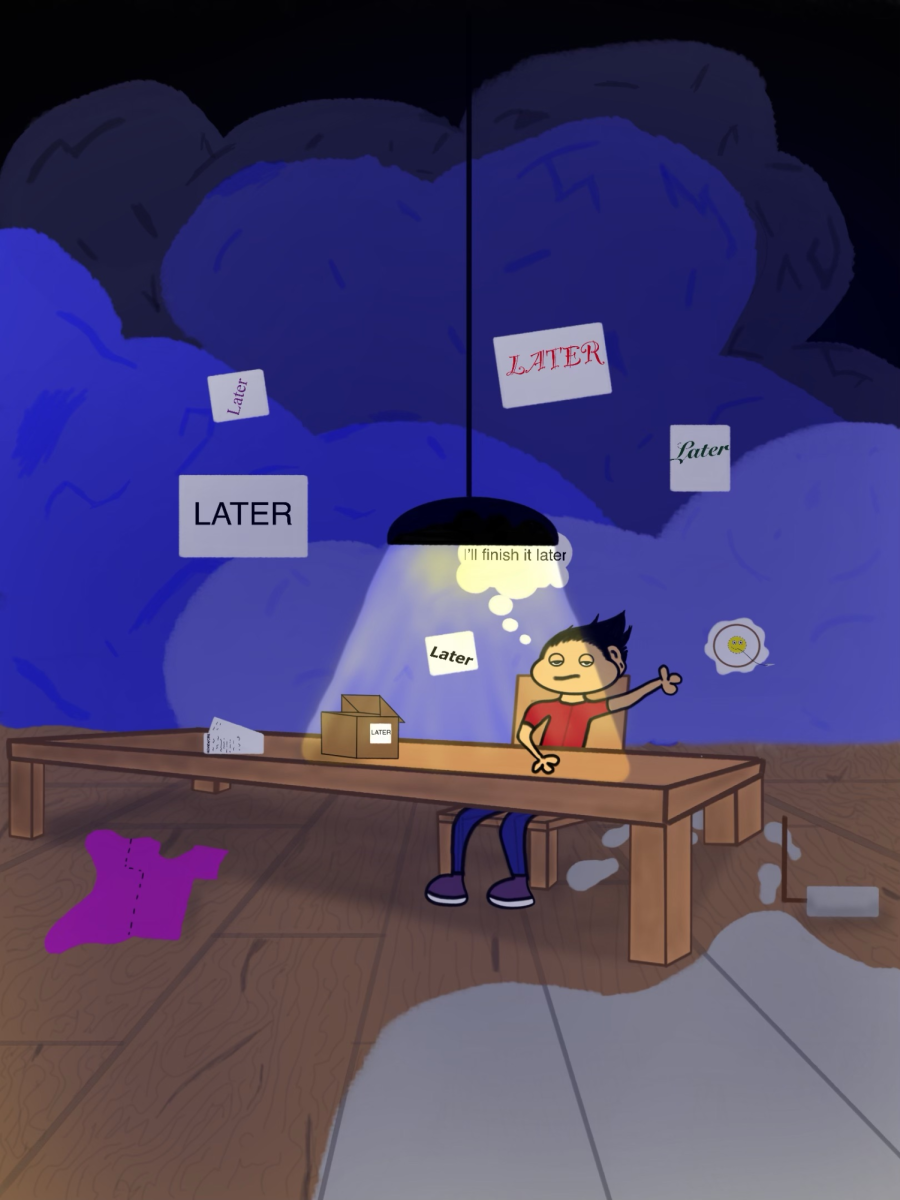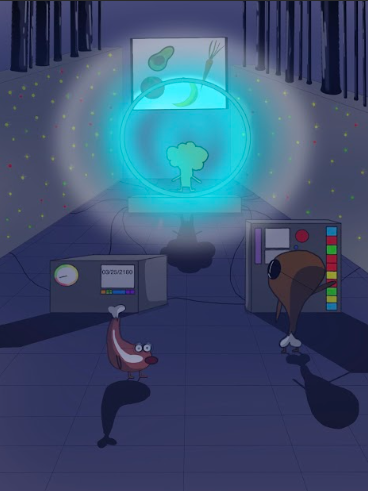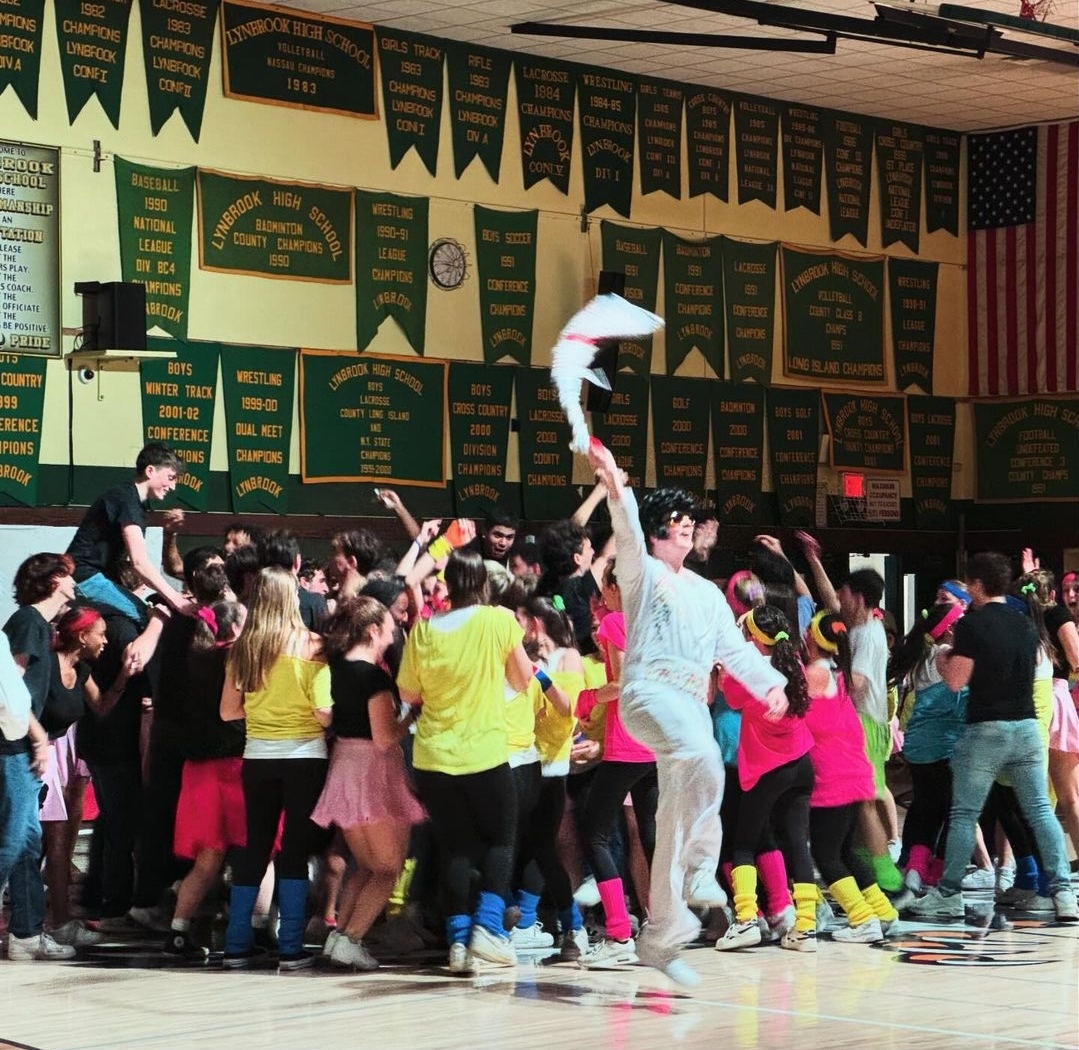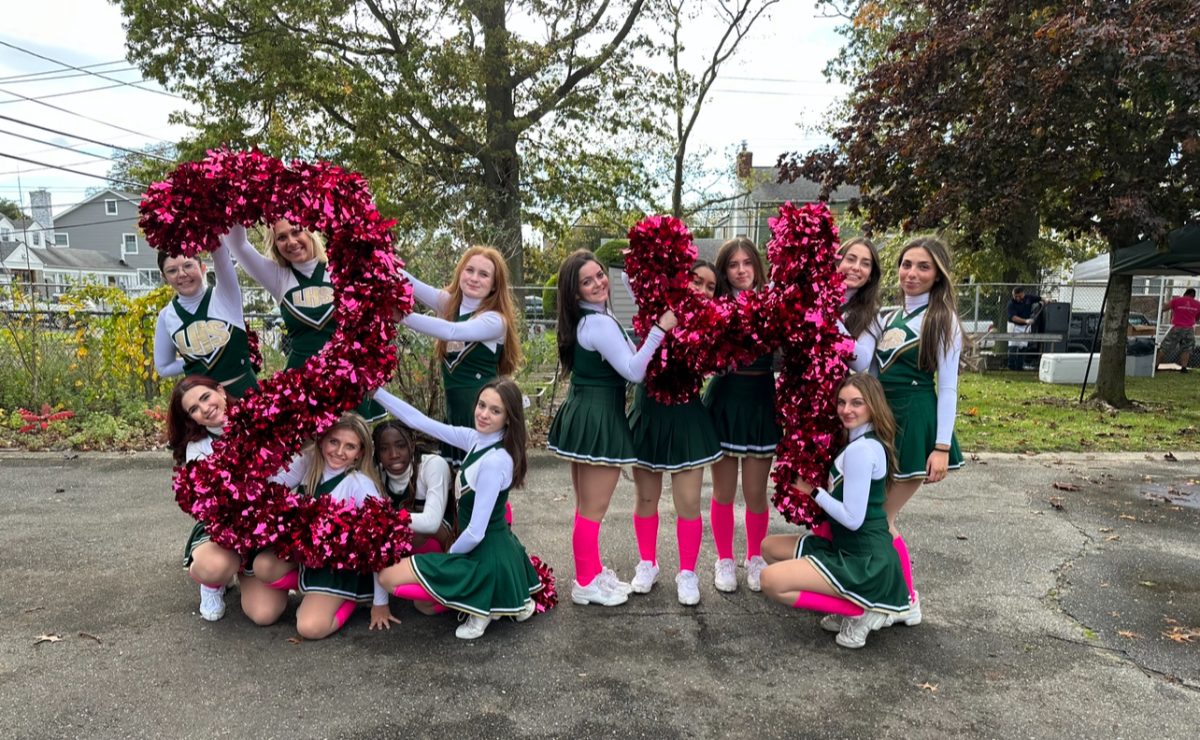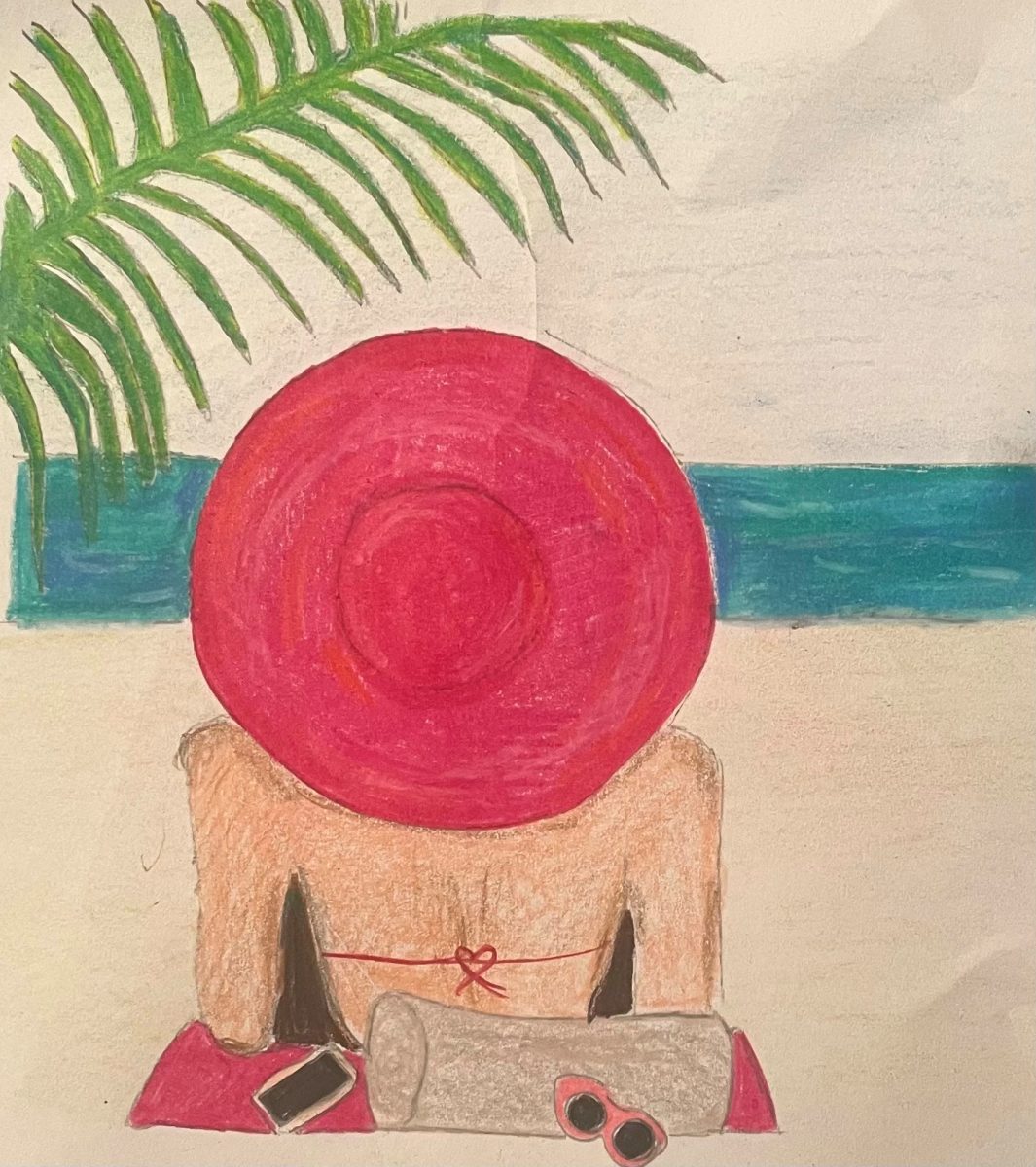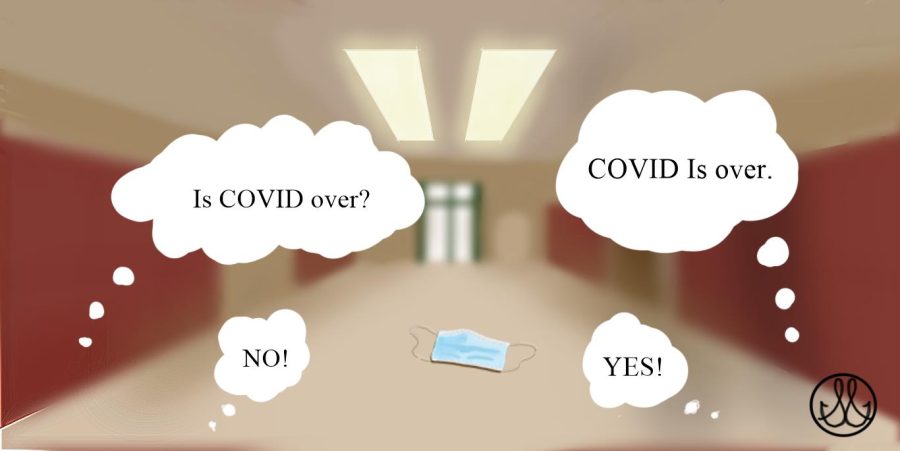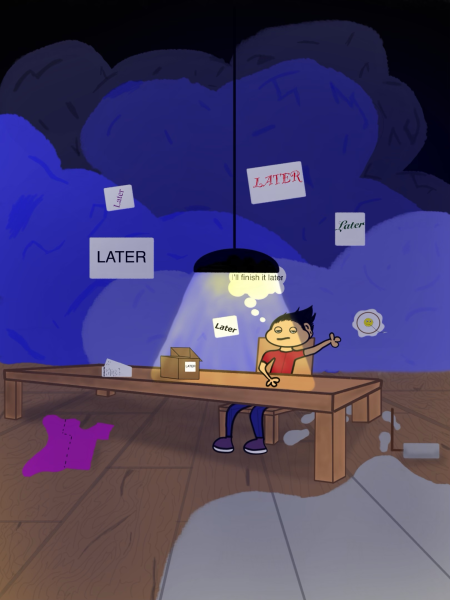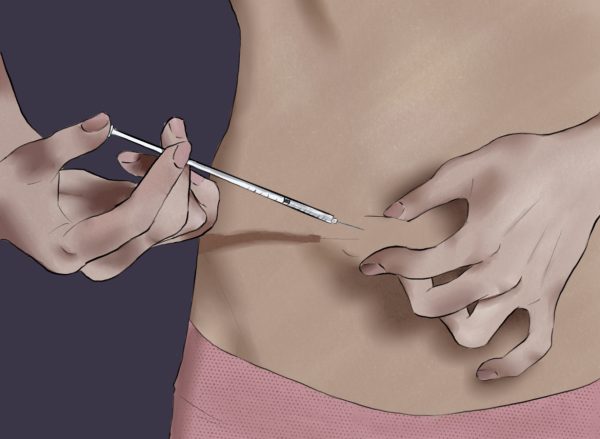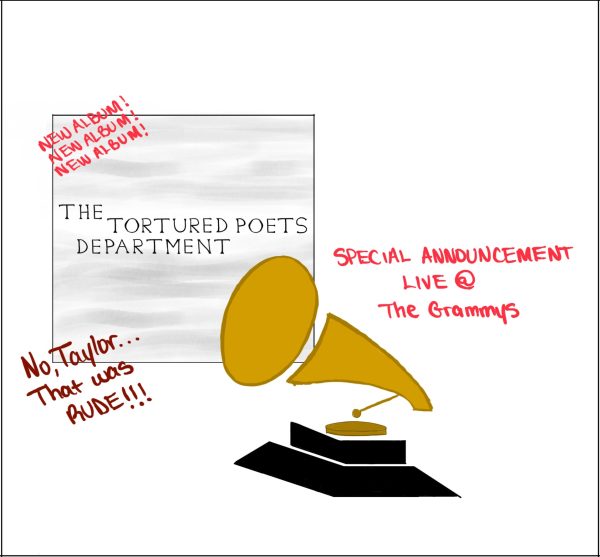Keep Calm or Carry On: Is COVID Truly Over?
For me, Friday, Mar. 13, 2020, is a day that will forever live in infamy; unbeknownst to me, I was standing at the precipice of a two-year whirlwind of isolation, uncertainty, and heightened anxiety. The COVID-19 pandemic shook the foundations of the world, almost throwing mine off its axis. It has been nearly three years since that day, and I can only give thanks to modern medicine and the advancements of science to bring us to the point we are at now. However, even with the immense progress that has been made, the question of whether the pandemic is “officially over” lingers in my mind.
As a Taylor Swift fan, I found myself asking, “Are we out of the woods yet?” time and time again, especially when New York State moved into Phase IV of former governor Andrew Cuomo’s plan to contain the spread of COVID-19 while a vaccine was being developed. However, even after receiving two doses of the Pfizer vaccine in 2021, I still was unsure whether we were “in the clear yet.” Then—slowly but surely—the glass partitions on desks were removed, the hallways became filled with two-way traffic, and just before my second Class Night experience, the mask mandate was lifted by Governor Kathy Hochul. Now, as I enter my choir class fourth period and sing shoulder-to-shoulder with my alto section—thinking back to when we used to be spaced twelve feet apart in the auditorium—I believe that the pressing state of the pandemic has come to an end.
Economically speaking, our nation has moved beyond the pandemic. As one of the leading capitalist nations in the world, maintaining a stable economy is a top priority. According to Associate Professor of Economics William Hauk, from the University of South Carolina, “the worst of the pandemic’s impact on the economy ended some time ago.” The isolation of the pandemic left many Americans jobless or furloughed, but that seems to be a thing of the past now. “After spiking to a postwar high of 14.7% in April 2020 as the ravages of the pandemic were taking its toll, the unemployment has been at 4% or lower for all of 2022,” Hauk remarked. If Americans are able to work at the full capacity they could pre-pandemic, and there are statistics that support that, then “we are no longer in an emergency situation,” Hauk says, and should return to work knowing that the worst is behind us.
Although the workforce is as efficient as it was pre-COVID, our education system is “not done with the pandemic” yet, according to a Professor of Education Wayne Au at the University of Washington. Several factors, like “pandemic-induced traumas” that many students have faced at home – such as the deaths of friends and family, the impacts of ‘long COVID,’ isolation and anxiety brought on by parental job insecurity, and unequal access to health care – live inside of them as they attend classes today. Anxiety and depression levels have risen significantly for adolescents since the pandemic hit in March of 2020. But while the pandemic brought many together over one common hardship, it “has exacerbated socioeconomic inequalities […;] students in low-income families are still trying to overcome the consequences of inequitable access to resources and technology at home during remote schooling.” Indeed, remote learning was incredibly difficult on its own, but to add another layer of difficulty with the inability to access Wi-Fi and a lack of computers or technology devices, the pandemic made education almost impossible for those who could not afford these replacements for a classroom environment.
As the law of impermanence states, all things must come to an end; whether or not one believes that the COVID pandemic is over, it will eventually become endemic. According to Harvard Medical School (www.health.harvard.edu), an endemic is “the infection… still present in a region or population but its behavior is predictable and the numbers of cases and deaths no longer spike.” Unfortunately, medical experts have yet to agree on a set definition or sign that tells when a pandemic has run its course. However, in my mind, if the majority of Americans have returned to work or school and have chosen to remove their masks when it is not required, it begs to reason that a sense of emergency is long past us. By no means, though, does this give anyone the right to deny the risks of COVID-19 altogether; it is still a prevalent force in our world, having changed everything about it in a span of two years.
Ultimately, if people have chosen to let their guard down and traverse into the future cautiously and mindfully, then there is no doubt in my mind we are making good progress towards a post-pandemic world.

I am a member of the Class of 2023 and the Driftstone editor-in-chief. Along with creative writing, I enjoy spending time with family and friends, getting...

